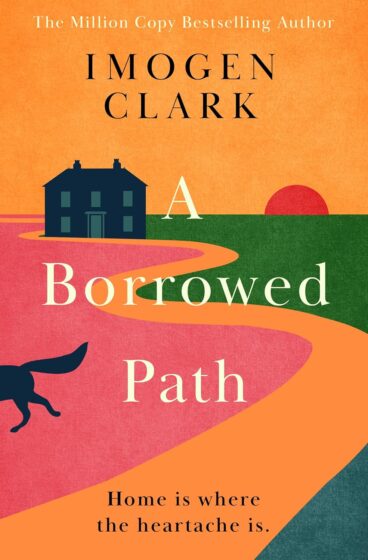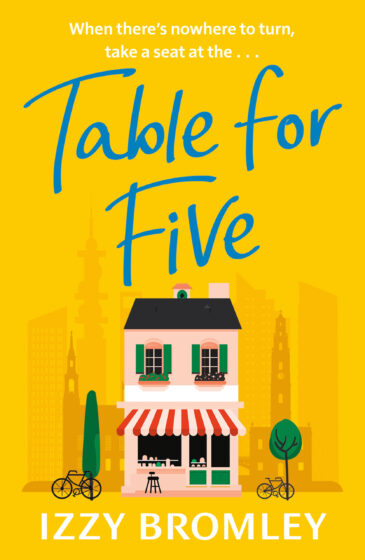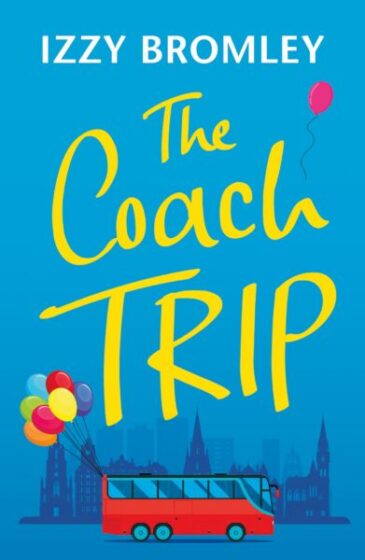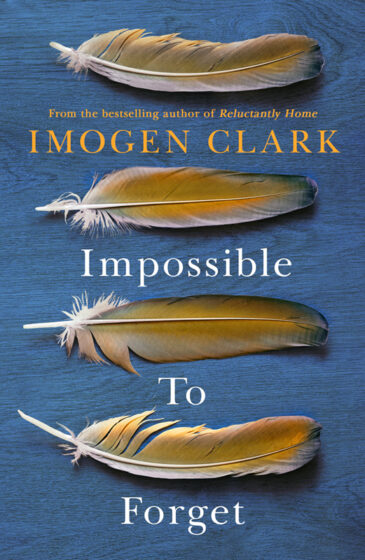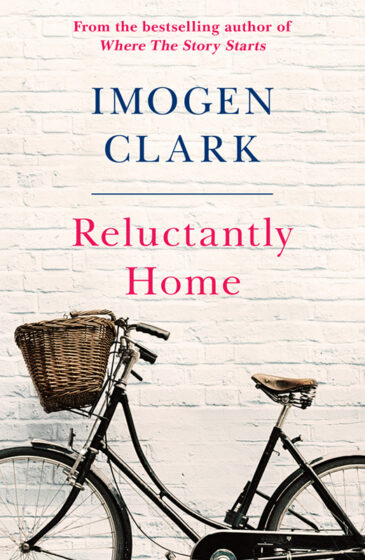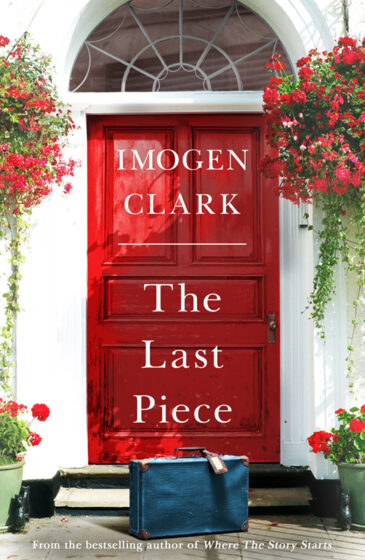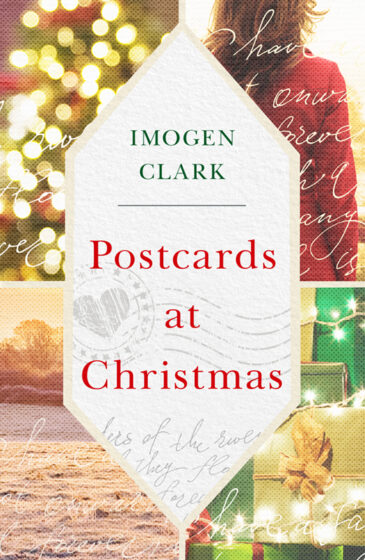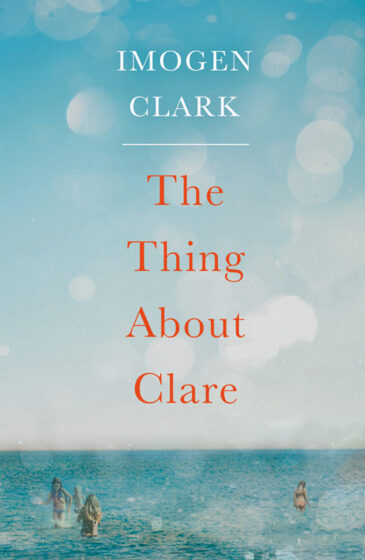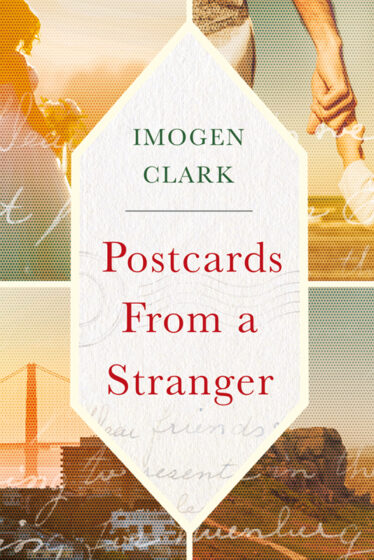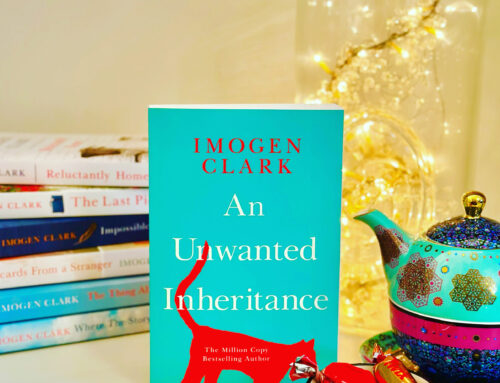
For Writers…
Whose Story is It?
Imagine you’re telling an anecdote to a friend about an entertaining argument you witnessed between two strangers in a coffee queue. The details of what happened, who said what etc, are factual, but you will recount the story your own way. Maybe you saw the faces of the other onlookers. Maybe you know a snippet of background information that changes the story’s emphasis. Maybe you exaggerate various parts for comic relief.
Now imagine how the aggressor in the argument might tell it. Perhaps this was the last in a long line of things to go wrong that morning. Perhaps they are sick of being walked over at work and so they were practising being more assertive. Maybe their partner has just left them because they are always picking fights, and this was the moment that they decided that their partner might be right and so was cathartic for them.
What about the person being picked on? What would their take on it be?
Now step back a little and imagine the story being told by the work experience girl who has just arrived on her first day.
Each of these people is going to tell the story a different way. Four people: four entirely different points of view, each coloured by their own experiences, where they were standing when the action took place and who they are telling the story to.
When you write a novel, you have to decide who is the best person to tell the story.
Often this will be the person whose story it actually is, the aggressor in our example. They are in the thick of the action and can explain everything that was going on in their head before and at the time.
But sometimes, the more interesting approach is to look at things from a different direction. Remember that the best narrator might not be the person whose story it is – think Nick Garraway in The Great Gatsby or Dr Watson in Sherlock Holmes. Both these narrators are independent observers, happily telling the reader what their more interesting pals are up to. Of course, depending on how you have created the narrator, they may be just as fascinating as the person they’re describing, but by telling the story this way the author is able to relate the action as well as passing judgement on it.
If, like me, you’re as open as a book, then you might forget that your narrators can lie – or at least manipulate the truth to suit their own purposes. This is a great way of incorporating a twist to your plot. For example, I love the opening to Girl on a Train by Paula Hawkins. To start with you think the girl is having a well-deserved G & T on the train on a Friday after a hard week at work. When she then opens a couple of cans on her way home on Monday too you begin to realise that all may not be as it seems.
Another thing to remember is that, unless you are writing as an omniscient narrator who can travel in and out of all the characters heads, your narrator needs to be where all the action is or at the very least be told what has happened. If you can’t do that then how can she tell the reader? You can’t have a key conversation taking place in the changing room at the gym if your narrator isn’t a member. Having to shoehorn them into every scene can be limiting for the story as a whole and, unless they have a reason to be everywhere, it can make for clunky writing.
My solution to this particular problem is to always write from more than one point of view. In The Last Piece three sisters have to deal with the mysterious disappearance of their mother and the arrival of a stranger into the family. By telling the story from the points of view of each sister and the mother, I was able not only to give variety to the voices but also to fill the gaps for the reader who ends up understanding the whole picture much more quickly than the poor characters do.
Having multiple narrators has other benefits too. It’s much more interesting to write for a start, as I get to vary my style depending on whose chapter it is. It also makes it easier to make the book a page-turning read because you can switch narrator just as something major is about to be revealed.
There are disadvantages too. You can’t have too many narrators, or the story may become hard to follow. The most I have had is six, but I tend to go for three or four. You also have to make sure that each character’s voice is distinctive so that the reader knows where they are. This is a general rule for writing dialogue too, but is even more important when switching points of view.
Think carefully about who will be able to tell the story in the most interesting and engaging way. When I’m choosing my narrators, I don’t always go for the obvious ones. In The Last Piece the adopted woman, a character at the very heart of the story, never gets her own voice. The reader learns everything they need to know about her through her conversations with others rather than through her own thoughts. As I mentioned above however, you do need to make sure that the character will naturally be where the action is taking place, though. So don’t go for a child if a lot of the scenes will be set in the pub.
One final thought which is also relevant here is which person point of view you will use for your character. Whilst I have seen books written in the second person, generally you will be choosing from first person ( I ) or third person ( he/she ). Both have advantages and disadvantages. A story told in the first person is very immediate, particularly if you also choose the present tense. There is no barrier between the reader and the protagonist. You see what they see and know exactly what they are thinking. That also means that you have to use the language that they would use. Most people don’t use similes or metaphors when they speak and so to drop them into a first person narrative can feel really fake. Similarly, your character is unlikely to comment on how beautiful a view is before she starts to speak so you probably can’t write that convincingly either.
If you select the third person then you are immediately creating a distance for your reader. Your narrator may be in your character’s head but they are describing their thoughts and actions in their own words and so you can make those descriptions as lyrical as you like.
Basically, as long as you write consistently you can do pretty much as you like. My book Postcards From a Stranger has narrators in both first and third person and present and past tense and its sold over a quarter of a million copies as I write this so I believe that it works. Have a play with a few scenes and see which feels most natural to your characters and your story. You will hit on what is right for your characters, style and story.
Still got questions about me? Then please join me on my Imogen Clark Author Facebook page, on Instagram and Twitter. Join my Readers’ Club to keep up to date with behind the scenes of my life and work and exclusive offers. In the end, please get in touch whichever way suits you best.


